Whether it’s because we need to video chat with family members, share selfies or keep in touch with clients from work, most of us want to stay connected to the internet while traveling. However, being away from your home or work network also increases the risk of cybercrime. According to an Experian study, 33 percent of the 15 million Americans who have been victims of identity theft had their devices hacked while traveling, so it’s very important to protect connected devices before taking off and while on vacation.
Before Traveling
Many cases of cybercrime and identity theft can be prevented if you implement a few security measures before leaving. Some of these may sound a bit extreme, but keep in mind that things that may seem worthless to you are essential for hackers.
- Update your operating system (OS) and apps. Most OS and app updates include security patches, so many sure you install them before leaving.
- Check that you have your firewall and/or anti-virus software enabled and the virus definitions up to date.
- Set up a start-up password or PIN for your device. Avoid simple passwords such as qwerty123 or password, because those are easy to break. Make your password a passphrase or sentence that’s at least 12 characters long, and change the settings so that a device is blocked after three unsuccessful attempts.
- Activate the passcode, pattern or fingerprint scanner to unlock your phone.
- Install a Find My Phone app and/or a remote wipe app so you can easily disable access in case it is lost or stolen.
- Disable the Remember Me option from websites.
- Revise your account passwords. If you’re using the same passwords for multiple sites, which you shouldn’t be doing anyway, change them. If you’re using your phone for banking, make sure you have strong, unique password.
- Delete sensitive information from your device and store it on a remote hard drive at home. This includes personal photos, classified work documents, photo copies of your IDs, notes with bank account details or passwords – basically, any kind of information that you wouldn’t want a stranger to see.
- Password-protect personal files and folders.
- If you travel with both your laptop and your phone, enable strong authentication on those devices and the apps and websites you use.
- Delete your cookies and disable autofill features.
- Turn off location tracking and Bluetooth. Only turn on the GPS while using maps to find your way. Bluetooth drains your battery and could allow hackers to access your phone.
While Away
Once you’ve taken these security measures, the risk of being hacked while on vacation will be lower. However, some mistakes can still make your devices vulnerable; here are some online safety tips for while you’re on the go:
- Disable Wi-Fi while you’re not using it so your phone doesn’t connect automatically to networks set up by hackers.
- Avoid public Wi-Fi. Although using free public Wi-Fi seems convenient on vacation, it can come at a cost. Public unsecured networks are very vulnerable because any information transferred between your device and the computer you are accessing can be intercepted by anyone using the network. This includes everything from usernames and password to private personal data – even if the website you’re accessing has an https address. Security experts recommend not using free public Wi-Fi at all. If there’s an emergency and you need to use the internet, consider using a virtual private network (VPN) or your smartphone’s hotspot for a safer connection.
After Coming Back
You can’t always tell right away that you’ve been hacked. Sometimes, it takes days or even weeks for suspicious device behavior, so these are some final security tips for more peace of mind:
- Check your activity log on social media to make sure there wasn’t any suspicious activity while traveling.
- If you use your phone for payments, check your bank account statement for unauthorized purchases. If you see the smallest transaction that you don’t remember making, contact your bank right away.
Last, but not least, remember that a hacker doesn’t always need high-end tools and devices to gain access to someone’s phone or laptop, and they can easily rely on social engineering. Most attacks are caused by human error, so be careful who you trust while traveling to better manage your privacy.





